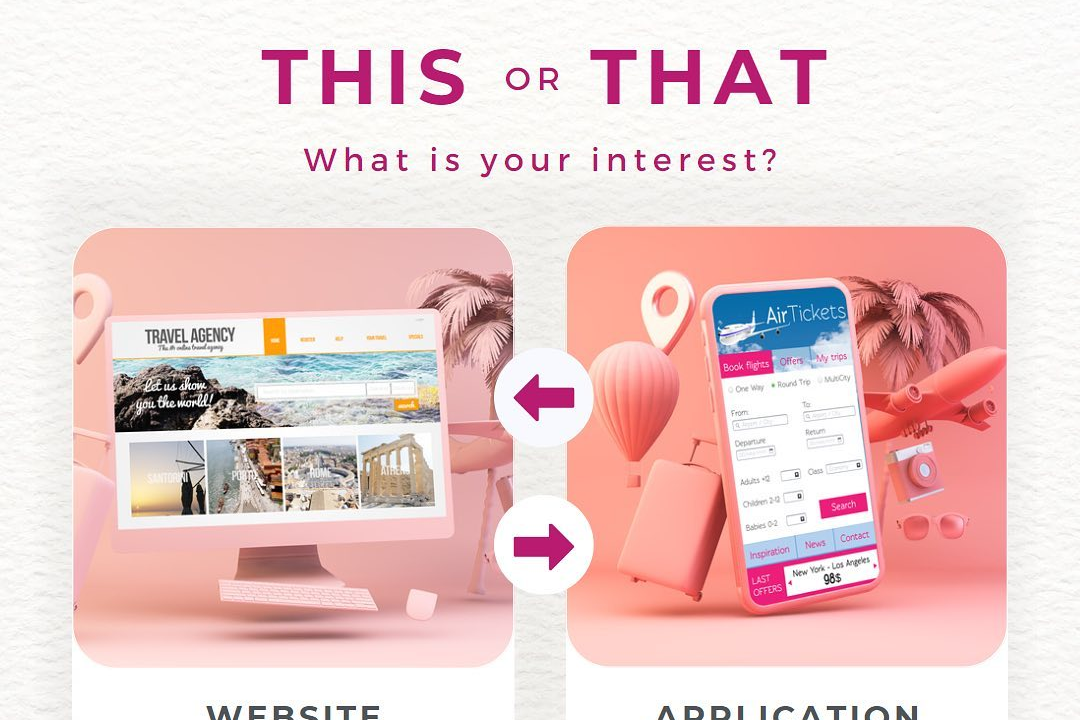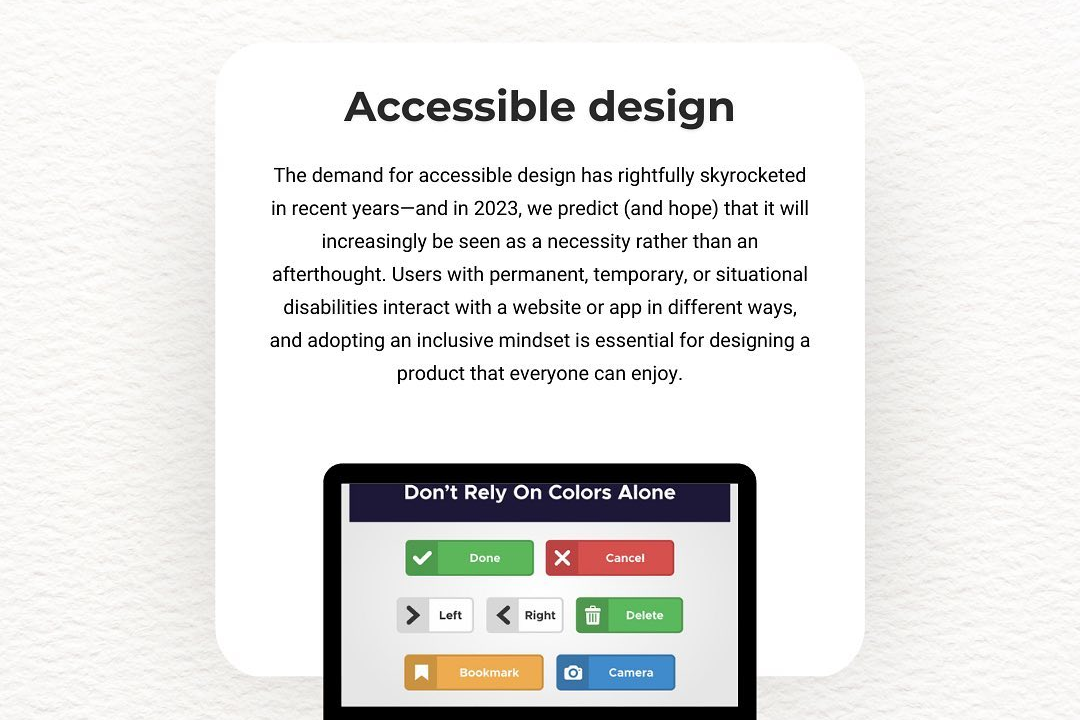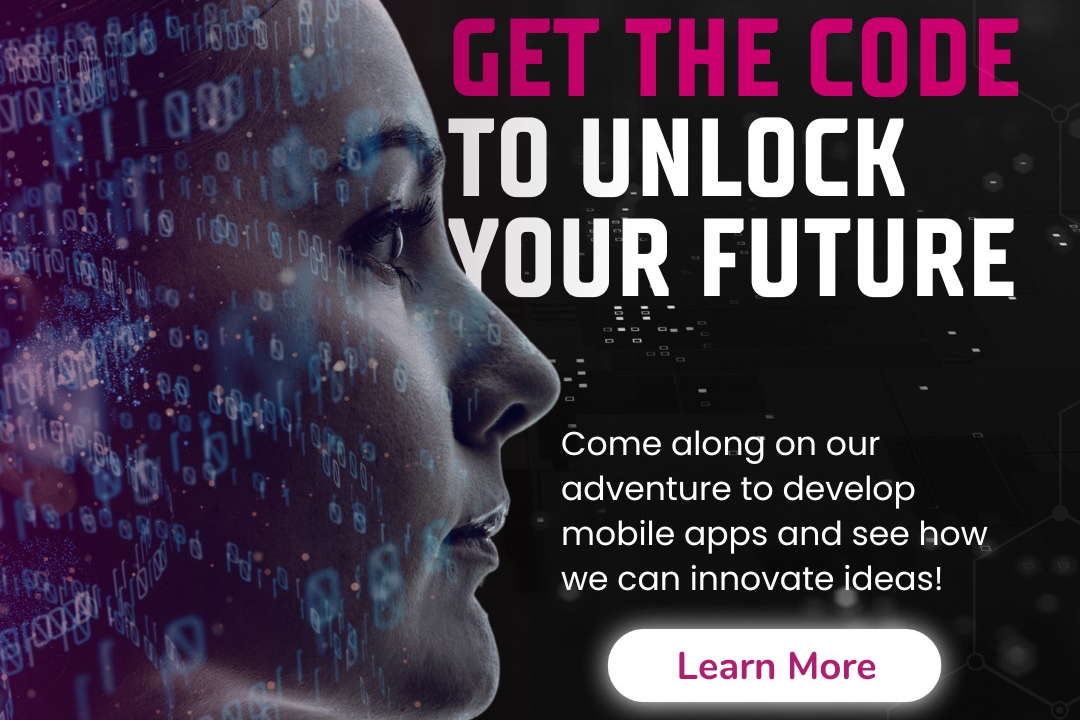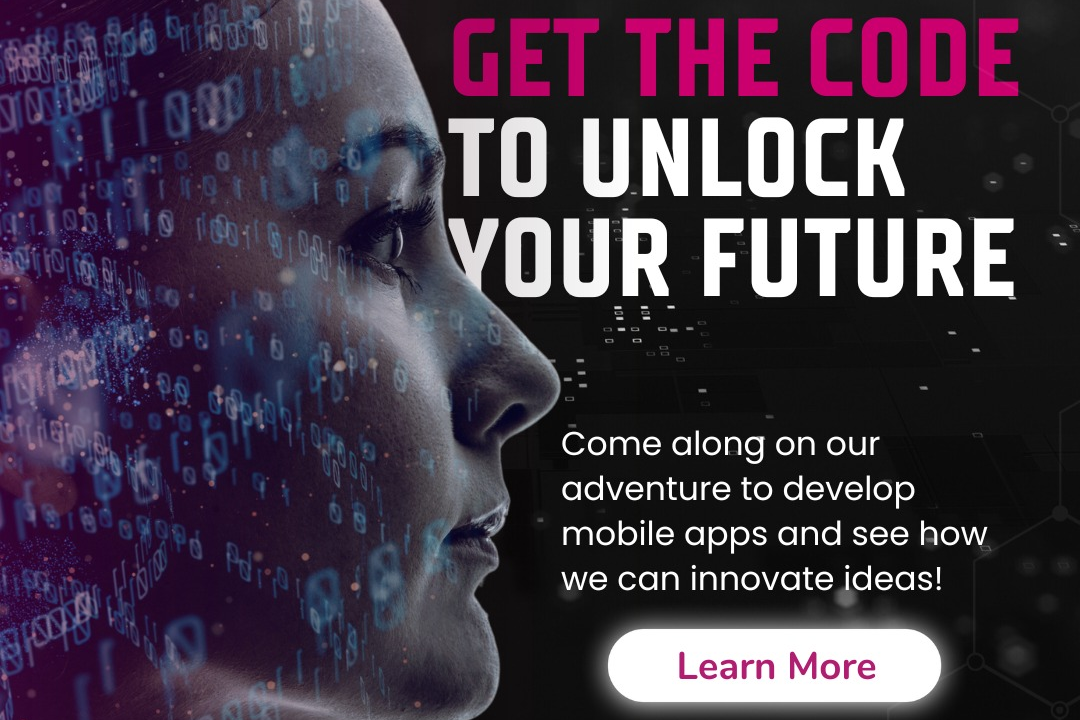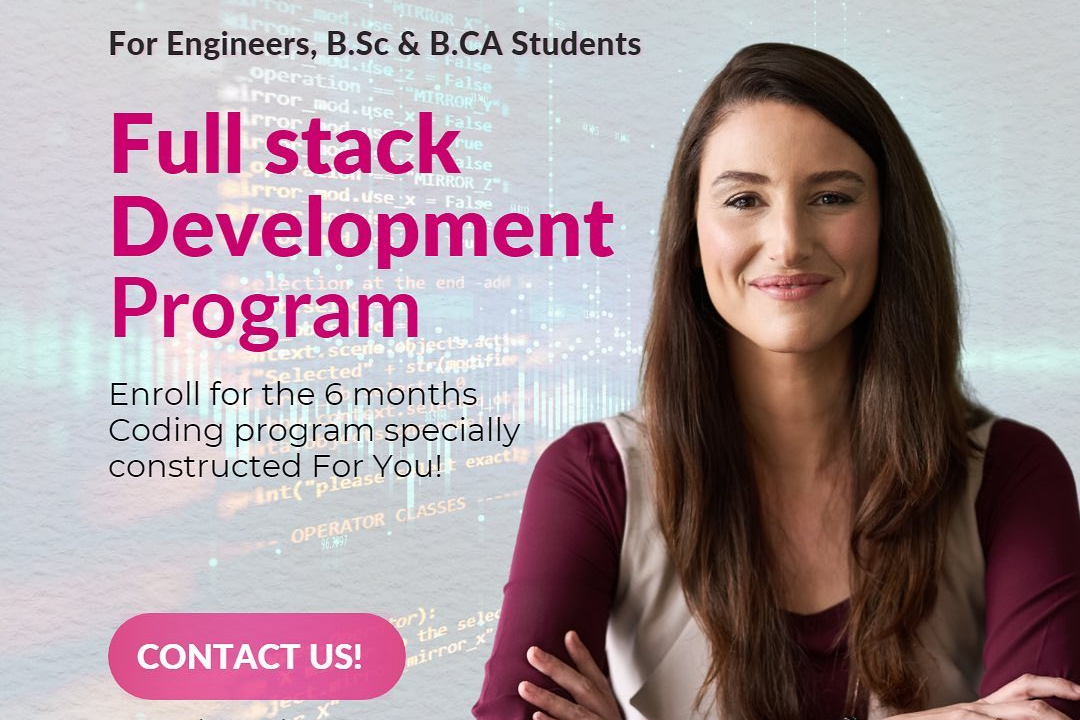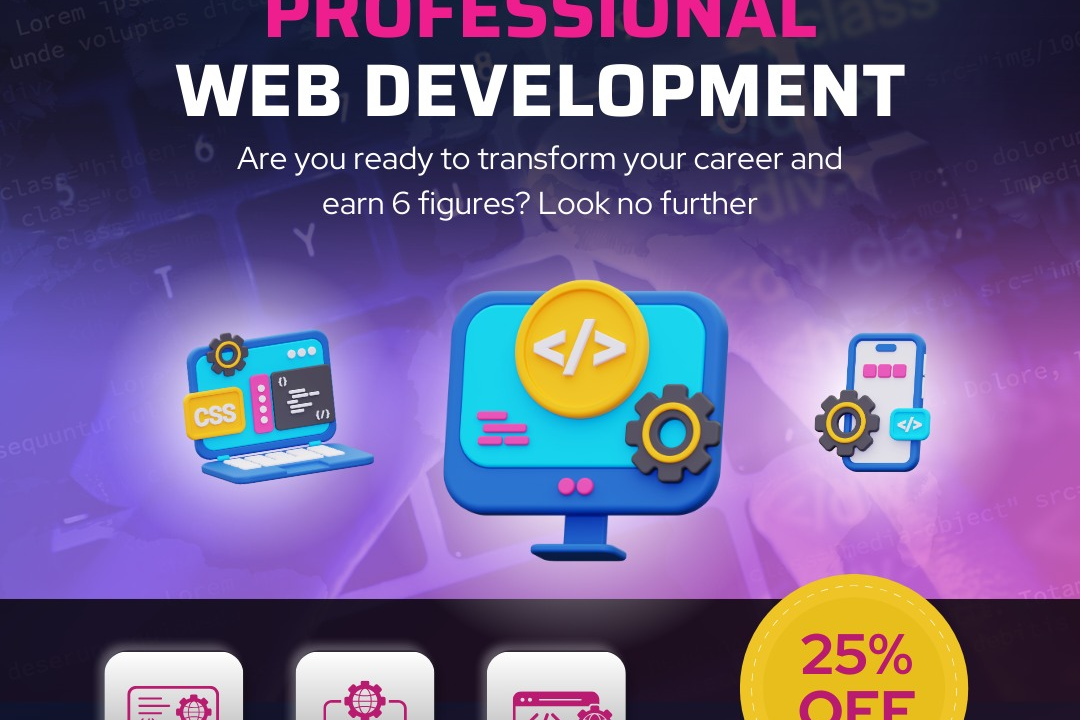Flutter Interview Questions and Answers for Experienced
Advanced Flutter Interview Questions and Expert Answers
Flutter Interview Questions and Answers for Experienced
Flutter interview questions for experienced candidates evaluate the depth of understanding in advanced Flutter concepts. They cover topics such as state management, performance optimization, integrating native code, testing, and architecture best practices. Answering these questions effectively demonstrates proficiency in building and deploying complex Flutter applications, showcasing expertise in addressing scalability, code maintainability, and cross-platform compatibility challenges.
To Download Our Brochure: https://www.justacademy.co/download-brochure-for-free
Message us for more information: +91 9987184296
1 - Describe the architecture of a Flutter application.
Flutter uses a layered architecture with a Dart runtime, a UI framework (Flutter engine), and a platform specific layer that interacts with native code.
2) Explain the difference between a StatefulWidget and a StatelessWidget.
A StatefulWidget maintains internal state that can change over time, while a StatelessWidget is immutable and does not maintain state.
3) How does Flutter handle state management?
Flutter uses a declarative approach to state management through widgets. State is updated by rebuilding the widget tree based on changes in its properties.
4) What are some key performance optimization techniques in Flutter?
Using immutable state, avoiding unnecessary rebuilds, optimizing rendering, and minimizing memory usage.
5) How can you integrate native code into a Flutter application?
Through platform channels, which allow communication between the Dart and native code.
6) Explain the concept of reactive programming with Flutter's StreamBuilder.
StreamBuilder provides a way to build a UI that reacts to changes in a stream of data, allowing for dynamic updates.
7) How do you implement navigation in Flutter?
Using the Navigator widget to push and pop pages on a stack, and providing named routes for easy navigation.
8) What are some common debugging techniques in Flutter?
Using print statements, debugging tools like the Flutter Inspector, analyzing logs, and running unit tests.
9) Discuss the advantages of Flutter for building cross platform applications.
Fast development, native like performance, simplified UI development, and a large community and ecosystem.
10) How does Flutter handle accessibility and localization?
Flutter provides accessibility features through ARIA attributes, and internationalization support through i18n and l10n mechanisms.
11 - What are some best practices for designing Flutter applications?
Following Material Design guidelines, using semantic widgets, adhering to coding conventions, and implementing responsive layouts.
12) Describe the testing strategies for Flutter applications.
Unit testing with frameworks like Mockito, integration testing with Flutter Driver, and end to end testing with tools like Appium.
13) How do you deploy a Flutter application to production?
Using platforms like Firebase App Distribution or Expo, or through app stores like Google Play and the App Store.
14) What are the latest developments and trends in Flutter?
Support for the web, a new responsive layout system (Flex), and improvements in performance and tooling.
15) Discuss the challenges and limitations of using Flutter.
Potential performance limitations on low end devices, limited support for some native features, and a need for platform specific knowledge for some tasks.
There are a few ways to get more points on your credit report.
- Pay your bills on time, every time. This is the most important factor in your credit score. Payment history counts for 35% of your score.
- Keep your credit utilization low.* Credit utilization is the amount of credit you're using compared to the amount of credit you have available. Keeping your utilization below 30% is ideal.
- Don't open too many new credit accounts in a short period of time.* Each time you apply for new credit, it triggers a hard inquiry on your credit report. Hard inquiries can temporarily lower your score.
- Dispute any errors on your credit report.* If you find any errors on your credit report, you should dispute them with the credit bureaus. Errors can negatively impact your score.
- Become an authorized user on someone else's credit card.* If you have a friend or family member with good credit, you can ask them to add you as an authorized user on their credit card. This will help you build your credit history and improve your score.
- It takes time and effort to build a good credit score. But by following these tips, you can get more points and improve your creditworthiness.
- Course Overview
- This course is designed for experienced Flutter developers preparing for job interviews. It covers frequently asked technical questions, advanced concepts like state management, performance optimization, and testing, as well as soft skills such as discussing projects and technical interests. The course includes video lectures, code demonstrations, and practice questions to enhance your interview preparation and boost your confidence in landing your dream Flutter role.
- Course Description
- This course provides comprehensive interview preparation for experienced Flutter developers. It covers essential technical concepts, best practices, and common interview questions. You'll gain insights into design patterns, performance optimization, testing techniques, and industry trends. By practicing with real-world examples, you'll enhance your confidence and ace your next Flutter interview.
- Key Features
- 1 - Comprehensive Tool Coverage: Provides hands-on training with a range of industry-standard testing tools, including Selenium, JIRA, LoadRunner, and TestRail.
- 2) Practical Exercises: Features real-world exercises and case studies to apply tools in various testing scenarios.
- 3) Interactive Learning: Includes interactive sessions with industry experts for personalized feedback and guidance.
- 4) Detailed Tutorials: Offers extensive tutorials and documentation on tool functionalities and best practices.
- 5) Advanced Techniques: Covers both fundamental and advanced techniques for using testing tools effectively.
- 6) Data Visualization: Integrates tools for visualizing test metrics and results, enhancing data interpretation and decision-making.
- 7) Tool Integration: Teaches how to integrate testing tools into the software development lifecycle for streamlined workflows.
- 8) Project-Based Learning: Focuses on project-based learning to build practical skills and create a portfolio of completed tasks.
- 9) Career Support: Provides resources and support for applying learned skills to real-world job scenarios, including resume building and interview preparation.
- 10) Up-to-Date Content: Ensures that course materials reflect the latest industry standards and tool updates.
Benefits of taking our course
Functional Tools
1 - Flutter Interview Questions and Answers for Experienced course offers comprehensive training on advanced Flutter topics and best practices for experienced developers, preparing them for technical interviews.
2) The course covers a wide range of subjects, including advanced widget development, state management, testing and debugging, performance optimization, and architecture patterns.
3) The course employs a hands on approach, featuring interactive exercises and real world use cases to reinforce concepts and enhance practical skills.
4) The instructors are experienced Flutter experts who provide in depth insights into the framework's inner workings and share industry leading best practices.
5) The course is designed for experienced developers who are seeking to enhance their Flutter knowledge and prepare for challenging interviews.
6) The training program offers a comprehensive curriculum, expert instruction, and practical exercises, empowering students to develop advanced Flutter applications and excel in technical interviews.
- Create more valuable content: The more valuable your content is, the more likely people are to read it and share it. This means writing articles that are well researched, informative, and engaging.
- Promote your content across multiple channels:* Don't just rely on social media to get the word out about your content. Promote it through email marketing, guest blogging, and other channels.
- Use social media to connect with people:* Social media is a great way to connect with people who are interested in your content. Use it to share your articles, engage with your audience, and build relationships.
- Respond to comments and feedback:* When people leave comments on your content, take the time to respond to them. This shows that you're engaged with your audience and that you value their feedback.
- Run contests and giveaways:* Contests and giveaways are a great way to get more people interested in your content. Offer prizes that are relevant to your audience and promote your contest across multiple channels.
- Collaborate with other bloggers:* Collaborating with other bloggers is a great way to reach a new audience. Guest blog on their sites, interview them for your content, or co create content together.
- Use paid promotion:* If you have the budget, you can use paid promotion to reach a wider audience. Promote your content through social media ads, display ads, or sponsored content.
Browse our course links : https://www.justacademy.co/all-courses
To Join our FREE DEMO Session:
This information is sourced from JustAcademy
Contact Info:
Roshan Chaturvedi
Message us on Whatsapp: +91 9987184296
Email id: info@justacademy.co
Interview Questions For Flutter
